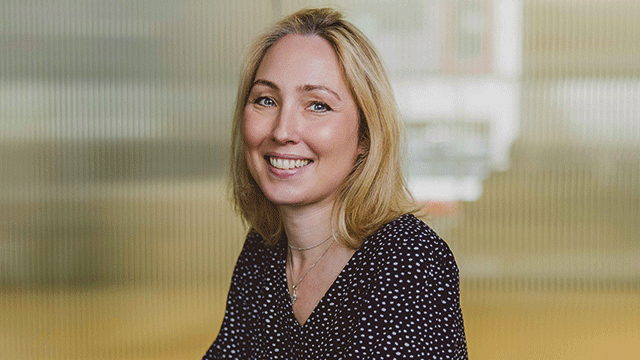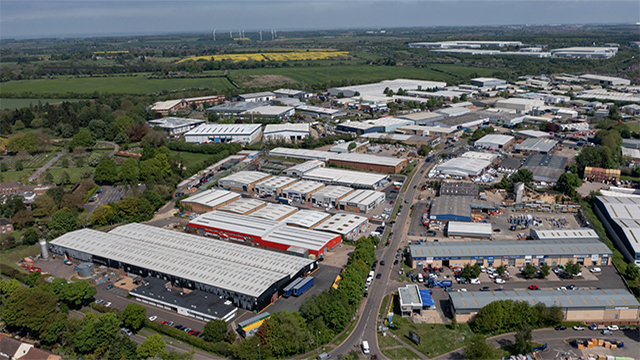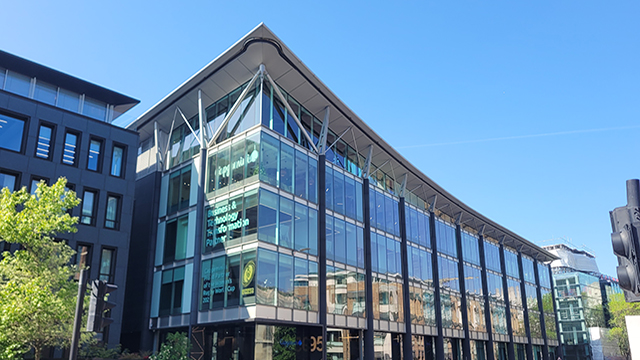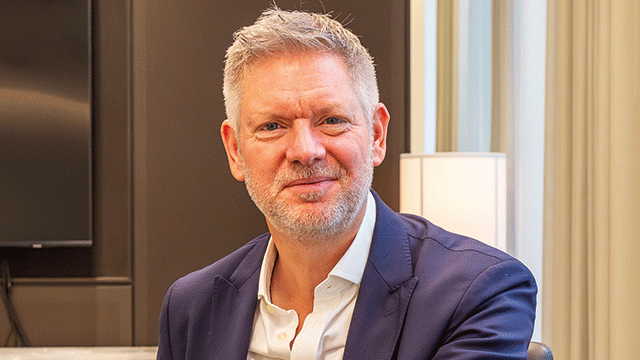Mission Street on moving science to the heart of the city
Mission Street founder and chief executive Artem Korolev has a city-centric approach to life sciences developments. He tells EG about the schemes where his company is “running the ship” in Oxford.
The UK has plenty of boxes that need to be ticked as it looks to cement its position as a scientific superpower, including high-quality universities, access to global research programmes, growth capital and deep public markets. The real estate industry may not have a direct role to play in addressing those areas, but where it can be pivotal is in providing the right type of facilities in the right locations, and quickly. Mission Street thinks it knows how to do that.
The investor-developer was established in 2017 to shake up innovation real estate by delivering research and development facilities in urban locations, converting industrial and retail buildings. The company has joined forces with investment manager BentallGreenOak on a joint venture platform and built a portfolio spanning 1.5m sq ft across Cambridge, Oxford and Bristol.
Mission Street founder and chief executive Artem Korolev has a city-centric approach to life sciences developments. He tells EG about the schemes where his company is “running the ship” in Oxford.
The UK has plenty of boxes that need to be ticked as it looks to cement its position as a scientific superpower, including high-quality universities, access to global research programmes, growth capital and deep public markets. The real estate industry may not have a direct role to play in addressing those areas, but where it can be pivotal is in providing the right type of facilities in the right locations, and quickly. Mission Street thinks it knows how to do that.
The investor-developer was established in 2017 to shake up innovation real estate by delivering research and development facilities in urban locations, converting industrial and retail buildings. The company has joined forces with investment manager BentallGreenOak on a joint venture platform and built a portfolio spanning 1.5m sq ft across Cambridge, Oxford and Bristol.
Traditionally, most life sciences locations are out of town, owing to limited amounts of land being available in town and city centres, and investment came from large life sciences companies attracted by the cheaper price points of out-of-town land. But Artem Korolev, founder and chief executive of Mission Street, wants to flip that trend: “We will transform the way this works,” he says.
“We are developing science within the city. If you look internationally, that is very much the emerging trend that has been going on in the US and in Europe, and we are seeing the early stages of it in the UK.”
[caption id="attachment_1241716" align="aligncenter" width="847"] Mission Street’s Inventa building on the Botley Road Retail Park[/caption]
Boots on the ground
Mission Street is now set to test itself as an operator of life sciences real estate. CBRE and Bidwells have been tasked with finding the first occupiers for its debut building in Oxford, completed late last year.
The 65,000 sq ft Inventa scheme sits on the 23-acre Botley Road Retail Park. The building was once let to Argos, but no new retail occupier has been found post-pandemic.
Mission Street gave new life to the building, converting it into laboratory, office and collaboration space. The opportunity to bring more science organisations into the city was helped by the local council, which has drafted a development brief for the retail park, seeking to establish a vision for the area and rethinking uses for the rapidly emptying retail buildings.
Oxford’s economy has historically been driven by life sciences, healthcare, higher education and technology, the growth of which has in turn driven a high level of demand for suitable workspaces, including offices and laboratories. However, the city has often struggled to provide an adequate supply of such facilities to meet the requirements.
“When we looked at Oxford, we saw that the city needed a more urban and more central science location,” says Korolev. “There was Botley Road Retail Park, located less than 10 minutes’ walk from the railway station and with low-rise retail warehousing units. So we took the view that we wanted to try and assemble a site to create some critical mass around innovation in this more central, more sustainable location, and made our first acquisition – Inventa.
“The aim there was to do a repository, part-repurposing, part-new-build, that could be turned around quickly and mainly be geared towards early stage companies.”
No compromise
As Mission Street went full steam ahead on the project, the quality of the final product was high on the agenda for the developer. “We learnt a lot of lessons there,” says Korolev. “When you repurpose something, rather than build new, you need to deliver a building that is fit for purpose and that is of equivalent quality to a new-build. You should not be compromising in terms of either technical performance or design quality.”
He adds: “Occupiers may compromise amid very limited supply, but when more good-quality, purpose-built space comes forward, you may have a bit of an issue. That’s why our business model has always been centred on what the customer wants, and then thinking creatively about how we can deliver it.”
Life sciences tenants have more exacting requirements than other occupiers in terms of service, waste and gas deliveries, which could become a challenge for a developer if the wrong building is picked for conversion.
Korolev says: “Industrial and retail warehouse buildings, if they are of regular shape, are quite good for life sciences conversions. In the case of Inventa, we had the right building heights to develop good-quality labs, and we had room for servicing because as a retail warehouse it was already set up for delivery. And of course, the big benefit of this conversion is sustainability and reuse. We were not knocking something down because the original building was fit for purpose.”
[caption id="attachment_1163770" align="aligncenter" width="847"] The Fabrica innovation facility[/caption]
Setting the trend
Having kicked off the delivery of Inventa, Mission Street has bought another two retail facilities on Botley Road Retail Park, which were at the time occupied by DFS and Carpetright with leases running until 2024.
Late last year, the local council green-lit the developer’s proposals to turn the buildings into a new 182,900 sq ft innovation facility, to be known as Fabrica.
Korolev says: “Fabrica is a much bigger scheme with large floorplates where we think we may either provide a growth trajectory for the companies coming out from Inventa or, indeed, attract bigger corporates to Oxford.”
Other developers in the area have picked up the pace. Most recently, Columbia Threadneedle Investments has revealed plans to transform New Barclay House, which sits next to the Botley Road Retail Park, into research and development space, offices and a café.
In addition, British Land has mooted the potential conversion of the former Wren Kitchens store on Botley Road Retail Park to a life sciences hub.
This emerging life sciences cluster also has a good link to other sector-related developments across Oxford city centre, including the 44-acre Osney Mead Industrial Estate off the Botley Road, Oxpens and further sites in the West End of the city.
Elsewhere, Oxford Science Enterprises and Pioneer Group, backed by the Crown Estate, have bought the former Debenhams department store in Oxford city centre with a view to developing specialist real estate facilities for science, technology and innovation companies.
These are big names with big plans. But the team at Mission Street want the market to know that they have helped set the trend. “We like to run the ship in the area,” Korolev says. “[Inventa and Fabrica] are currently quite shielded but they can integrate really well into wider development when it eventually occurs.”
Images © Mission Street











